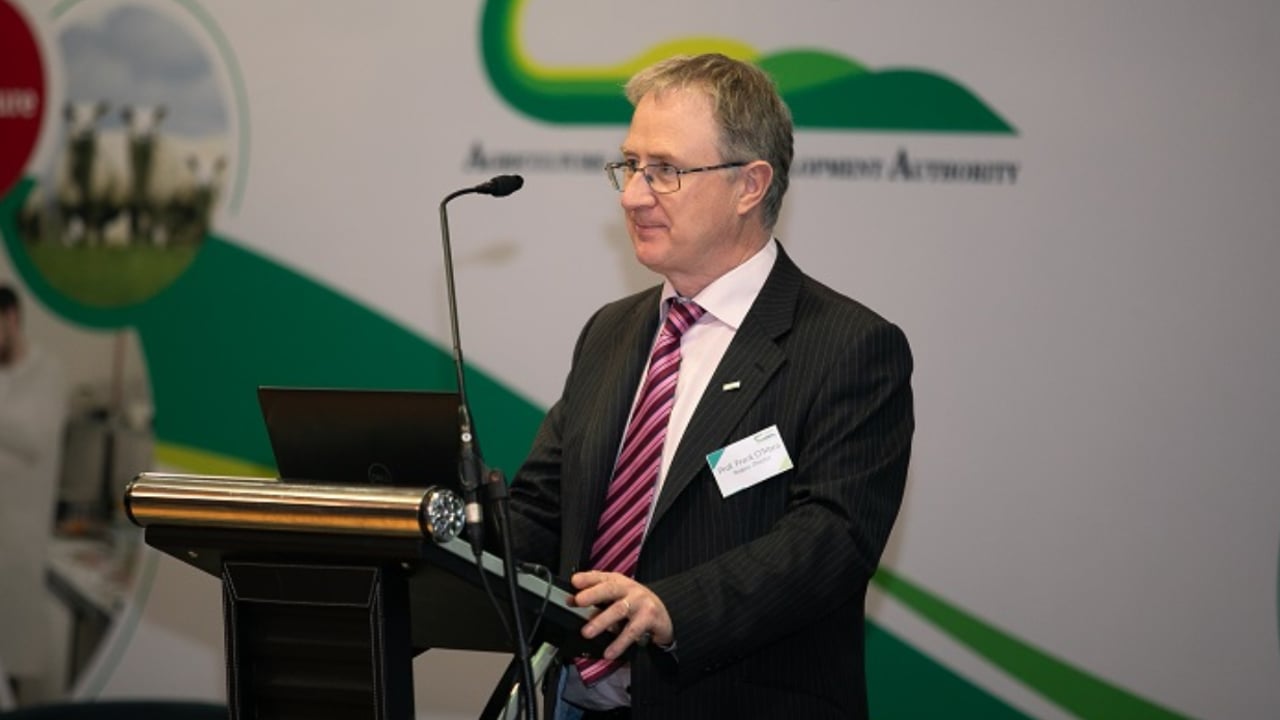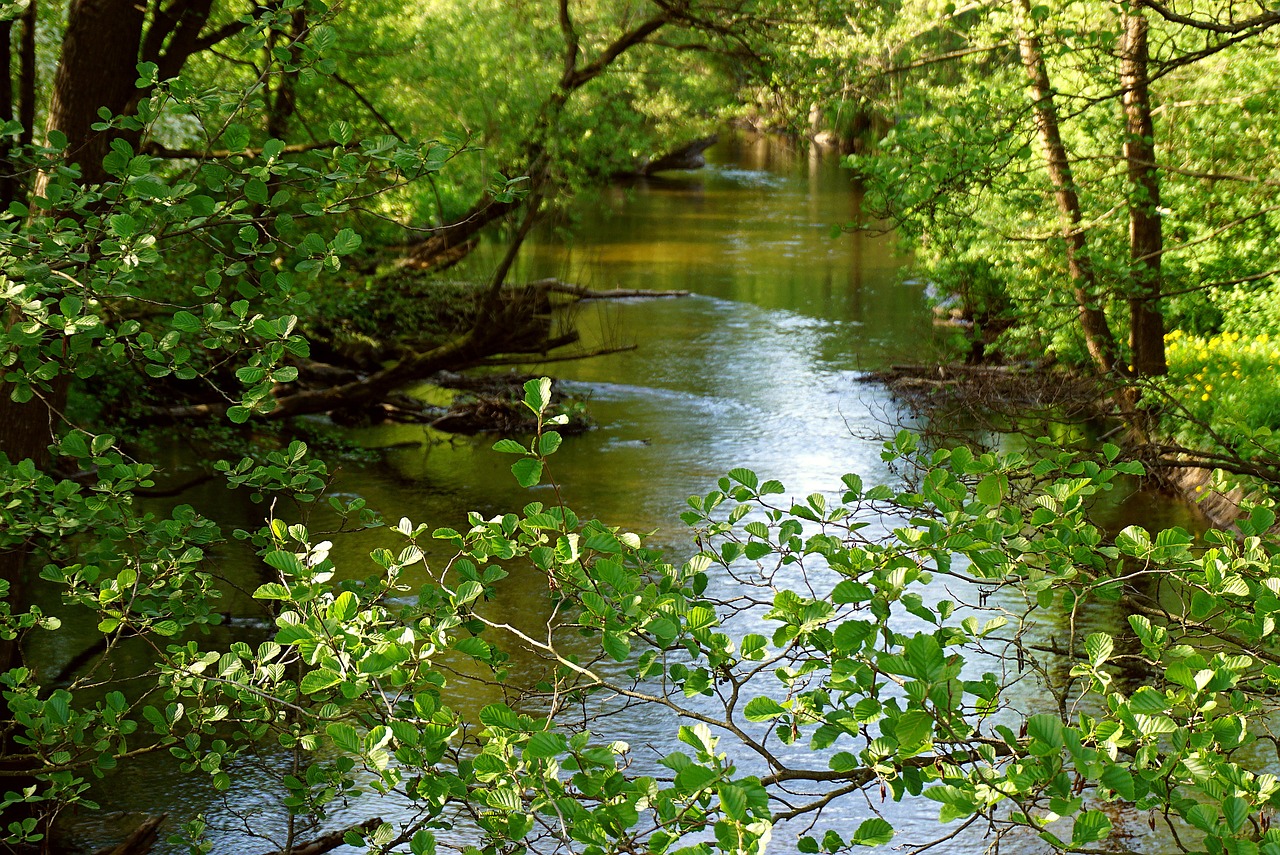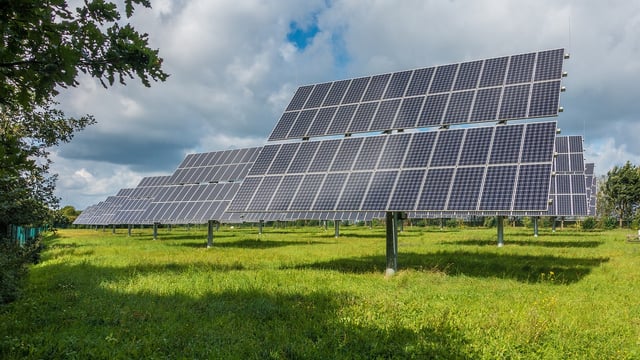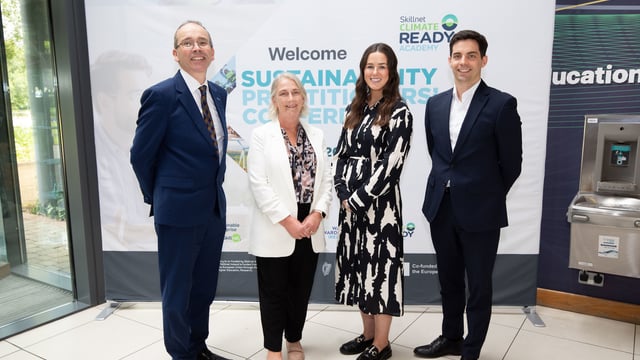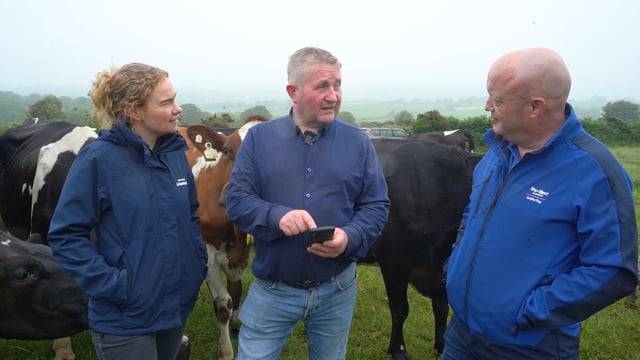No 'one-size-fits-all' solution to reducing agri-emissions - expert
The Marginal Abatement Cost Curve (MACC) is identifying the most cost-effective pathway to reduce greenhouse gas (GHG) and agri-emissions, and to enhance cabron sequestrations.
This was one of the key messages delivered by Teagasc director, Prof. Frank O’Mara, courtesy of his recent presentation to the Northern Ireland Institute of Agricultural Science (NIIAS) annual conference.
“The curve represents a plan in terms of how emission reductions can be met across all sectors of agriculture.
“Reducing emissions from agriculture is very complex, and we know there is no 'one-size-fits-all' solution to this challenge.
“It is easy to relate to changes that can take place within transport to reduce carbon emissions, for example, switching to electric vehicles will be an integral part of this process. And the members of the public can easily pick up on this messaging.
“However, this is not the case, where farming and land use are concerned - the solutions are more complex.
"The fundamental reality remains, that the widespread adoption of all the measures referenced within the MACC will allow Irish agriculture to meet its climate change targets by 2030.”
O’Mara went on to affirm that good water quality is an essential feature of agriculture, adding.
“Our reputation depends on having good water quality, and all farmers have a role to play in delivering on this objective.”
However, the Teagasc director also confirmed that the quality of water in Irish rivers had plateaued.
This trend had been highlighted in the most recent figures, published by Ireland’s Environmental Protection Agency (EPA).
The Teagasc director continued:
“Rivers are broken down into five categories in terms of their water quality status: high, good, moderate, poor and bad.
“Our target is that all water bodies should be within the high or good categories by 2027. 50% plus of our rivers fall within the high and good categories at the present time.
“But, this trend has remained, more or less, static for a number of years. So, we have to turn around this state of affairs very quickly.”
According to Prof. O' Mara a lot is now happening with the specific aim of addressing Ireland water quality challenge.
This work includes the progress achieved courtesy of the Agricultural Catchments Programme, targeting very detailed research and monitoring of six mini catchments across the country.
In addition, the Agricultural Sustainability Support and Advisory Programme (ASSAP) is allowing farmers to access a free and confidential advisory service, thereby allowing them to improve the quality of the water of their local streams and other water bodies.
The professor explained:
“The level of farmer engagement with ASSAP has been very positive, but it costs money to ensure that the correct investments are made at individual farm level to improve water quality.
“It is in this context that the recently launched a €60 million European Innovation Programme will play an important role.
“As a result, Teagasc has just launched its multi-actor Better Farming for Water 8-Actions for Change campaign, at the request of the Minister for Agriculture.
“Improved nutrient management, farm management and land management are the three broad themes within the programme.
"All Teagasc advisors will be having conversations with each of their 40,000 plus clients in order to identify how each of the actions for change within the better farming for water campaign can be implemented in the most effective manner across the entire breadth of Irish agriculture.”

